Case 845B, 845B DHP, 865B, 865 VHP, 865B AWD Grader Service Manual
$34.00
Case Grader Service Manual
Enhance your maintenance knowledge with the Case Grader Service Manual. This comprehensive guide is ideal for models: 845B, 845B DHP, 865B, 865 VHP, and 865B AWD.
Specifications:
Brake System Routine Maintenance Guide
Product Overview
This guide outlines the essential routine maintenance procedures to ensure your brake system remains in excellent working order. Regular maintenance is crucial for safety and longevity, helping to prevent unexpected failures and maintain optimal performance.
Key Features
- Comprehensive checklist for brake system maintenance
- Step-by-step instructions for adjusting brake components
- Guidance on assessing brake pad and disc condition
Benefits
- Improved Safety: Regular checks and adjustments ensure reliable brake operation.
- Prolonged Lifespan: Proper maintenance reduces wear and tear, extending the life of brake components.
- Cost-Efficient: Early detection and replacement of worn parts can prevent costly repairs.
Usage Recommendations
- Ensure all floating parts of the brake system move freely and components are securely mounted. Tighten any hardware as needed.
- Verify that the actuator linkage has adequate freedom of movement to ensure positive brake operation.
- Adjust the pad gap by regulating the actuating cable or linkage. If necessary, adjust the lever to ensure the components are aligned and secured. Use an external return spring for optimal performance.
- Inspect the disc surface for warping, pitting, or reduced thickness. Ensure all mount bolts are tightened appropriately.
- Check that brake pads maintain a thickness of at least 1.0 mm (0.039 in). Replace any worn pads to guarantee proper function.
- If the disc runs true and the pad clearance remains adjustable, additional maintenance may not be necessary. Measure the distance from the carrier side casting face to the disc face; replace brake pads if this measure is less than 1.5 mm (0.059 in).
Only logged in customers who have purchased this product may leave a review.
Related products
$34.00
$34.50
$34.00
$33.00
$34.00
$34.00

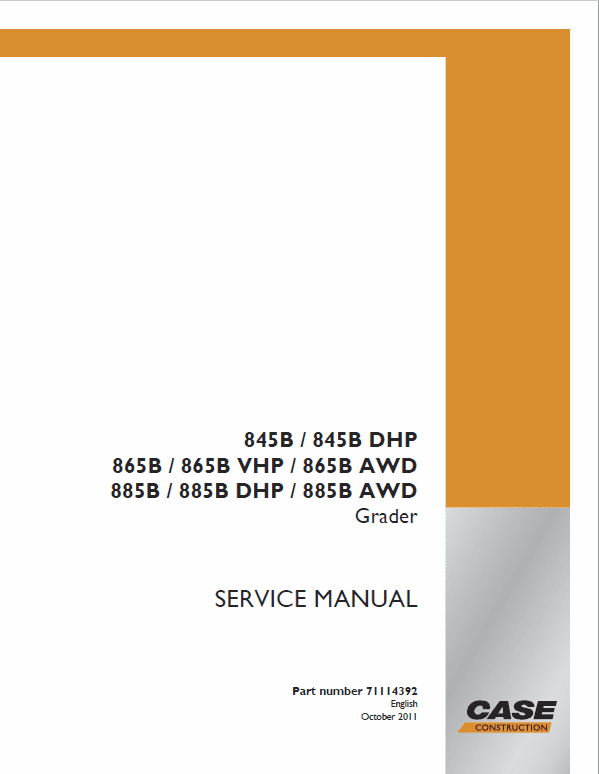
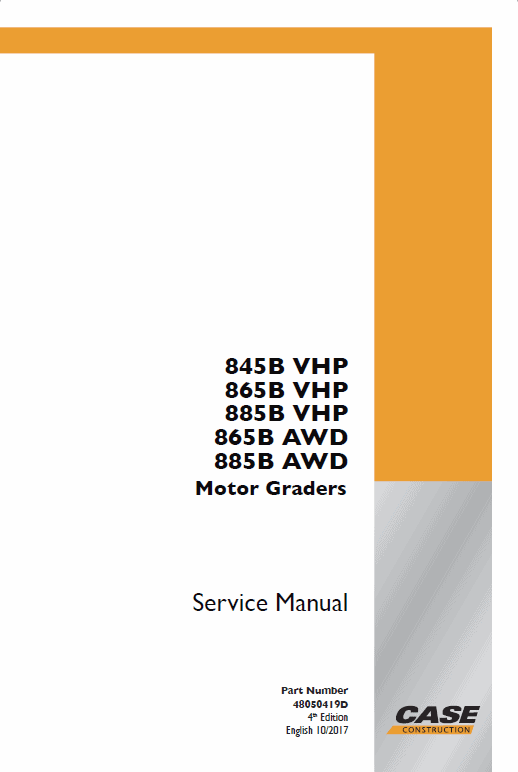
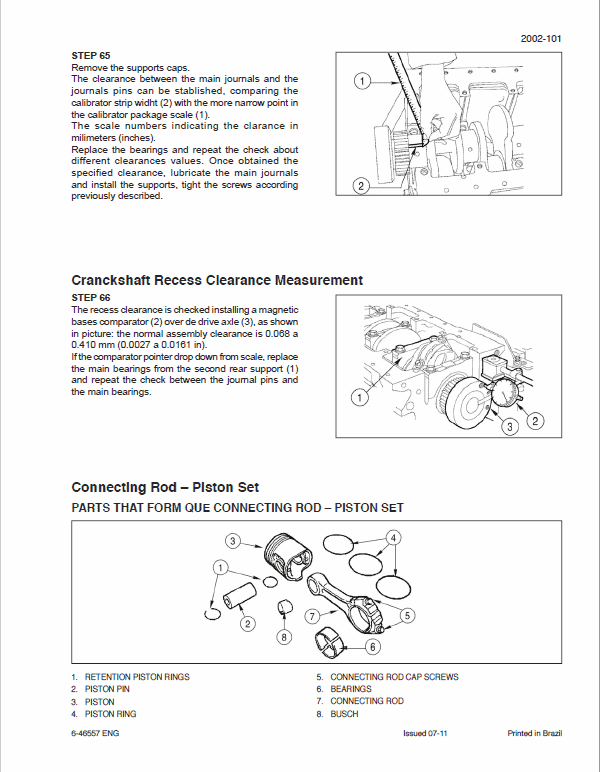
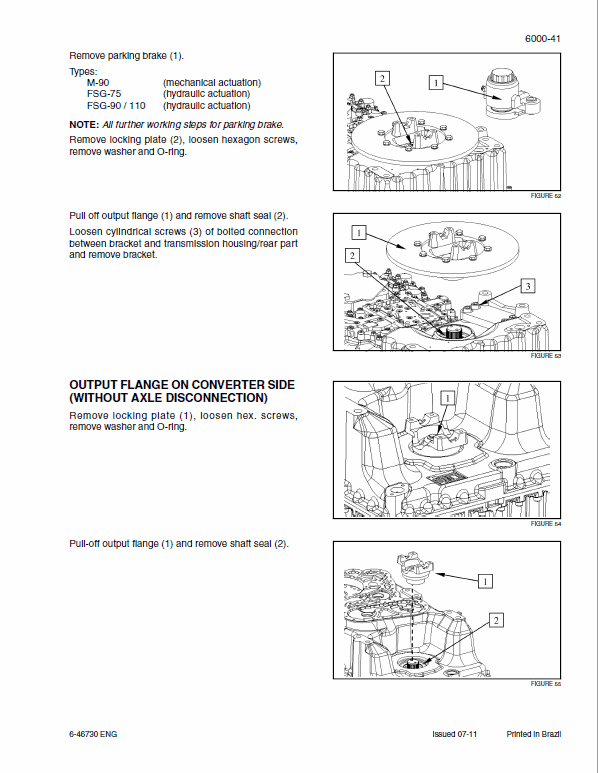
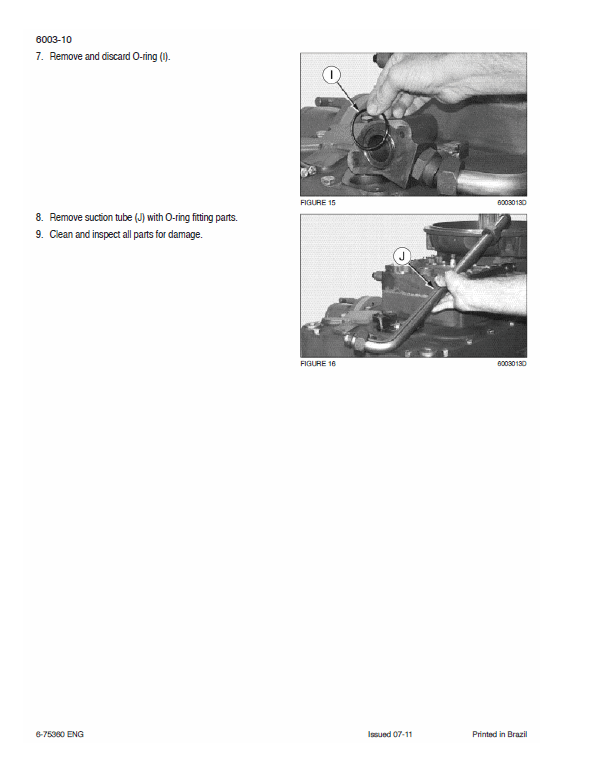
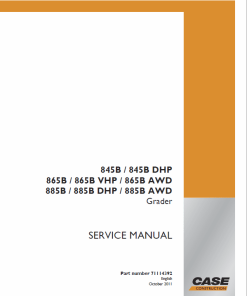
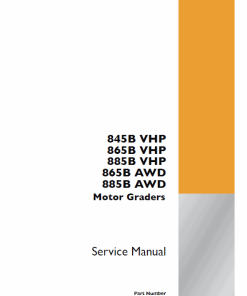

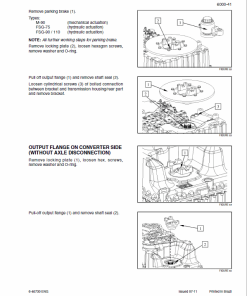
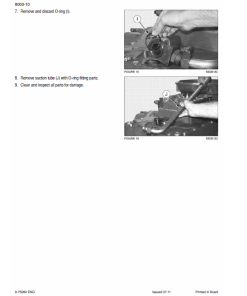
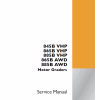
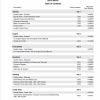
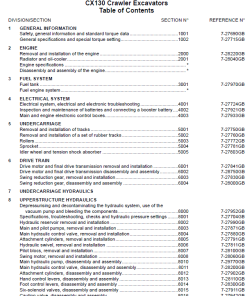
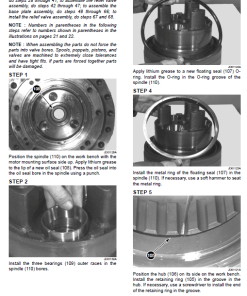
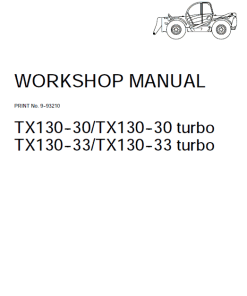
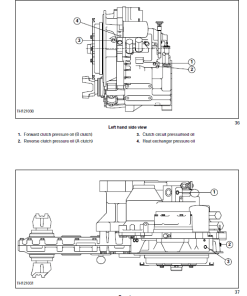
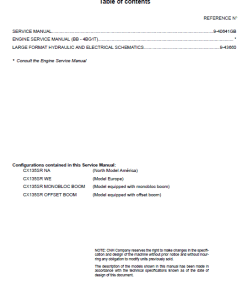
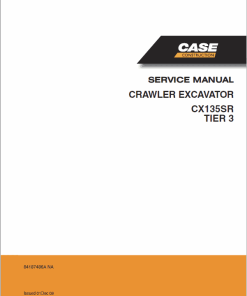
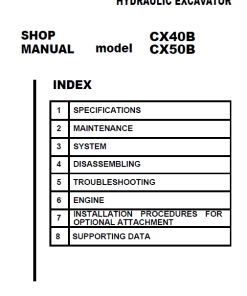
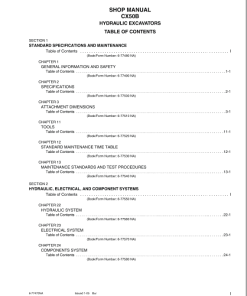
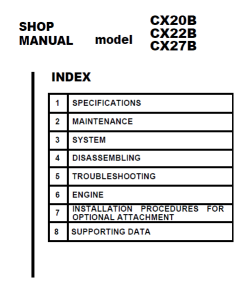
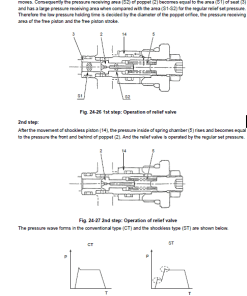
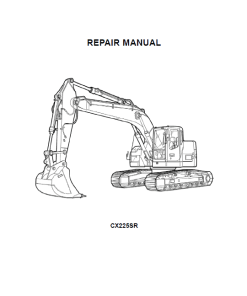
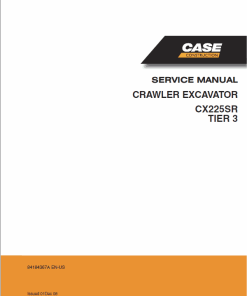
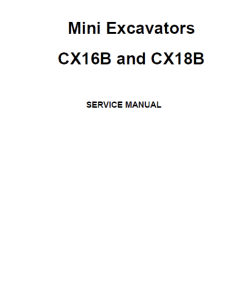
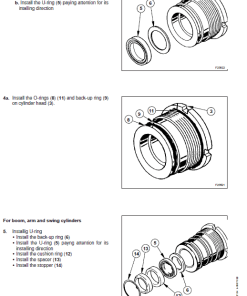
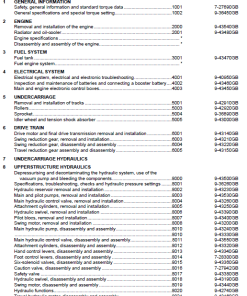
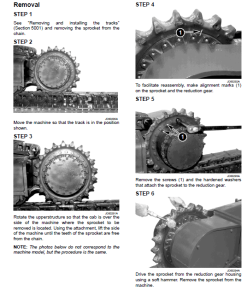
Reviews
There are no reviews yet.